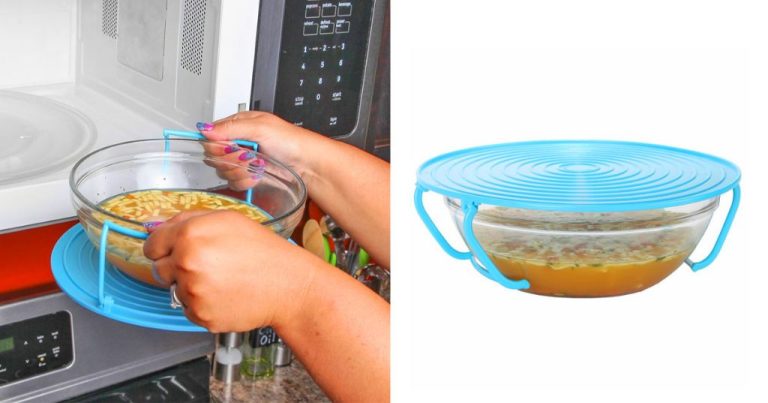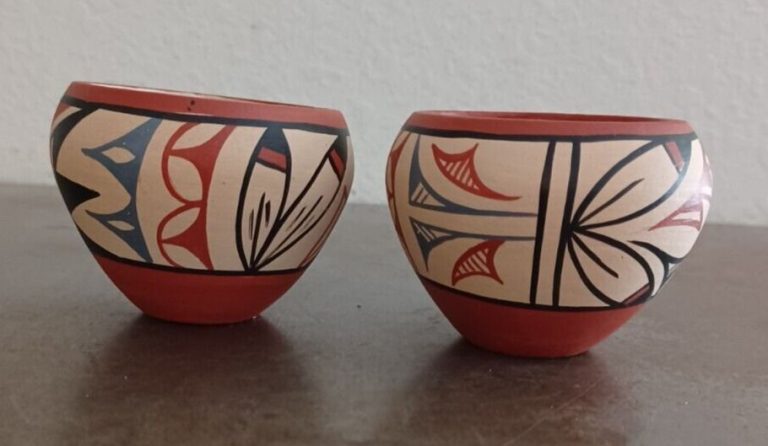How Can You Improve The Quality Of Clay Soil?
What is Clay Soil?
Clay soil is a soil that contains a high percentage of fine clay particles. The clay minerals in these soils are responsible for the sticky, dense nature of clay soil. This gives clay soil some unique properties compared to other soil types:
- Clay particles are very small, less than 0.002 mm in size.
- Clay soil feels sticky and dense due to the electrical charges of the clay particles which bind them tightly together.
- Clay soil holds water much better than sandy soil, sometimes too well. It can become waterlogged easily.
- Nutrients don’t leach out of clay soil easily, but the dense nature of the soil can make it difficult for plant roots to access the nutrients.
- Clay soil is prone to compaction due to its density.
The high percentage of clay particles gives clay soil its unique sticky, dense properties that can require amendments to improve drainage and fertility.
Problems with Clay Soil
Clay soils can present some unique challenges for gardeners and landscapers. The tiny, flat particles that make up clay soil pack tightly together, creating a dense and slow-draining soil profile.
The poor drainage of clay soils frequently leads to waterlogging after heavy rains or irrigation. Standing water prevents proper air circulation to plant roots, causing them to suffocate. Saturated soil also promotes fungal and bacterial growth that can harm plants.
When clay soil dries out, it becomes very hard and compact. The dense nature of clay makes it difficult for plant roots to penetrate and expand. The sticky texture also resists workability for planting and weeding.
Nutrient deficiencies often plague clay soils as well. The tight spaces between clay particles prevent proper circulation of air, water, and nutrients. Essential elements like nitrogen, potassium, and iron become locked up and unavailable to plant roots.
Test Your Soil
Before making any changes to your soil, it’s important to test it to understand the existing composition. Soil can vary greatly even within the same yard. Take samples from at least 3-4 different areas in your yard to get a complete picture.
Use a shovel or soil probe to take 6-8 inch deep samples. Mix the samples together in a clean bucket to create one composite sample that represents the whole area. Allow the sample to dry at room temperature for a day or two.
Send your composite soil sample to a reputable lab for analysis. The lab results will provide details on texture, pH, nutrients, and organic matter. Understanding the specifics of your existing soil will ensure any amendments you add will be appropriate and effective.
Add Organic Matter
Adding organic matter such as compost and manure is one of the best ways to improve clay soil. Organic matter contains nutrients that help increase soil fertility and stimulate microbial activity. As microbes break down organic matter, they produce compounds that help bind clay particles into clumps, improving soil structure and drainage.
Compost made from plant materials like leaves, grass clippings, and fruit/vegetable scraps is an excellent choice. It provides a diverse range of nutrients and beneficial microbes. Aim to incorporate 2-3 inches of compost into the top 6-12 inches of soil each year. Well-rotted manure from cows, horses, sheep, and poultry also supplies nutrients and helps lighten heavy clay.
Organic matter increases pore spaces in the soil and promotes better water retention and drainage. This creates a better environment for plant roots to access air, water and nutrients. With improved structure, clay soils will be easier to work and will support healthier plant growth.
Incorporate Sand or Gypsum
Incorporating sand or gypsum into clay soil is an effective way to lighten the heavy texture and improve drainage. Sand particles are larger than clay but smaller than silt. When mixed into clay, the sand separates and spreads apart clay particles, creating more space for air and water to penetrate.
Gypsum is a mineral that also improves clay soil structure. It contains calcium and sulfur, which cation exchange sites on clay particles readily bind with. This causes the clay particles to separate and collapse together less tightly, improving aeration and drainage. Gypsum has the added benefit of supplying calcium to plants.
To amend soil with sand or gypsum, mix in a 1- to 2-inch layer till it is 8-12 inches deep before planting. Approximately 20-30% amendment is ideal for clay soil. Improvements will be gradual, so continue adding some each year as you work the ground. With regular applications, you can transform dense clay into loamy soil that supports plant growth.
Grow Cover Crops
Growing cover crops is an effective way to improve clay soil over time. Cover crops like clover, ryegrass, and buckwheat can be planted in empty garden beds or even lawns during the off-season. As the cover crops grow, their roots help break up compacted soil while also adding organic matter. When it’s time to plant your garden, simply till the cover crops into the soil. As they decompose, the added organic material will improve soil structure and drainage.
Some of the best cover crop options for clay soil include:
- Clover – Adds nitrogen and biomass.
- Ryegrass – Grows quickly with an expansive root system.
- Buckwheat – Loamy texture helps loosen heavy soils.
By growing and tilling in cover crops each year before planting your garden, you can steadily improve the quality and workability of dense clay soils.
Mulch Gardens
Adding mulch such as bark, straw, or leaves can help improve clay soil quality. The mulch acts as a protective layer on top of the soil, helping to retain moisture and prevent compaction.
Spreading 2-4 inches of mulch over garden beds keeps clay soils moist longer by preventing evaporation. This is especially helpful for plants that do not tolerate dry conditions well. The mulch also buffers soil temperature fluctuations, protecting plant roots from extreme heat.
Additionally, mulch prevents soil compaction by reducing the impact of rain and foot traffic. Compaction squeezes air pockets out of clay soil, resulting in poor drainage and stunted plant growth. By cushioning the soil surface, mulch allows clay to retain a loose, crumbly texture.
As the mulch breaks down over time, it will also add organic matter to enrich the soil. Make sure to replenish the mulch layer regularly to maintain its moisture retention and anti-compaction benefits.
Aerate Compacted Areas
Clay soil can become compacted over time, especially in high traffic areas or where heavy machinery has been used. Compaction crushes soil aggregates and pores, reducing permeability and depriving plant roots of air and water. Aerating will help loosen and open up the soil structure.
The best way to aerate clay soil is to use a core aerator or broadfork. A core aerator pulls plugs of soil out of the ground, leaving holes for air, water and roots to penetrate. A broadfork is a giant fork that you push into the ground to create vertical channels. Both tools allow air and water to flow into and through the soil more easily.
Focus on compacted areas in the garden, or anywhere plant growth seems stunted. Aerate beds before planting and walkways after planting. For best results, combine aeration with adding organic material like compost or manure to really improve the structure of clay soil over time.
Improve Drainage
Excess water can lead to root rot and other issues in clay soil. Improving drainage should help alleviate these problems. Here are some tips:
Add french drains around gardens and areas that stay wet. French drains are trenches filled with gravel that help collect excess water and drain it away from the soil. Installing drainage tile or perforated pipe in the trenches improves flow.
Improve grading if you have areas where water pools after rain. Re-grade the soil so it gently slopes and drains away from gardens and structures. A 2% slope is usually recommended.
Direct rain gutters and downspouts away from gardens and soggy patches. Make sure water flows away from the house foundation as well. Consider installing rain barrels to collect roof runoff for use in the landscape.
Planting raised garden beds can also improve drainage in boggy areas. The loose, well-draining soil in the raised bed allows excess moisture to percolate down easier.
Pick Clay-Friendly Plants
Certain plants are well-adapted to clay soil conditions. Focus on picking native grasses, vegetables like beans, and other plants that can help condition the soil over time.
Native grasses have deep root systems that penetrate tough clay soils. Their roots loosen the soil, improve drainage, and add organic matter as they decay. Try little bluestem, sideoats grama, or switchgrass. Just be sure to plant in drifts for visual impact.
Legumes like beans, peas, and clover form symbiotic relationships with bacteria that pull nitrogen from the air into the soil. Their roots also act like a natural aerator by creating pathways for air and water. Fava beans are a great cover crop. For vegetables, try bush beans, lima beans, or soybeans.
Other clay-tolerant plants include lavender, daylilies, yarrow, sedum, thyme, sage, and miniature roses. Be sure to amend soil first and provide good drainage. Focus on herbs with fibrous roots to bust up compacted areas.
By choosing the right plants, you can gradually improve soil structure. Dense clays take time to condition, but the right mix of deep-rooted, nitrogen-fixing plants will build better soil year after year.



